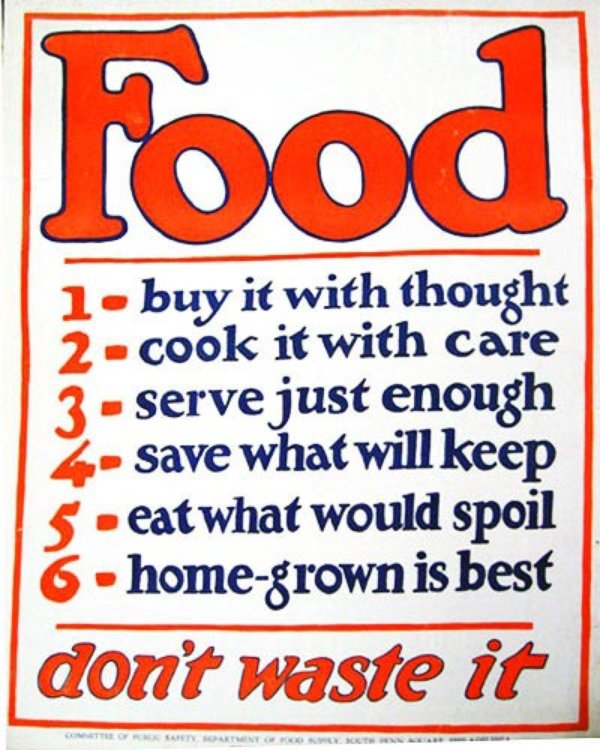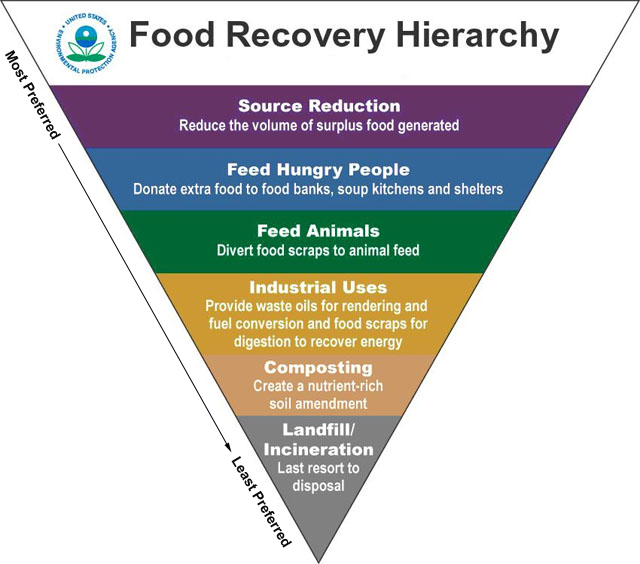Forty Percent of Food Never Makes it to our Plates. Here's the Damage it Does Instead
By:
Seattle started 2015 by prohibiting food waste from residential and commercial garbage. Think back on what you feasted on over the holidays: the extravagant meals, the indulgent desserts. Did you save any leftovers or did you discard the rest? Where did you discard them?
Perhaps you’ve heard these disturbing figures before. Americans collectively generated about 250 million tons of waste in 2012. Forty percent of all food produced never even makes it to the table. This means that Americans are throwing out 197 pounds of food per person annually. At 35 million tons (that’s 70 billion pounds, by the way), food waste is the largest type of waste discarded in landfills yet the smallest component recycled.
There is food waste everywhere.
Loss and waste occurs at every level of the food chain. Food loss occurs at the farming, post-harvest, and processing stages. Some loss results from unavoidable conditions, such as harsh weather or spoilage. Waste, however, occurs at the retail and consumer levels from actions such as overbuying or discarding imperfect-looking produce. Businesses may throw out food instead of donating it, assuming they’ll be sued when in reality they are protected by the Good Samaritan Food Donation Act. Significant food waste also happens in the household, with the average US family throwing away $1,500 in uneaten food each year. Either way, it comes at a significant financial ($165 billion to be exact), environmental, and ethical cost.
Despite the unfathomable amount of food waste, only three percent is diverted for composting. The remainder heads to landfills with other household waste, where it decomposes and releases carbon dioxide and methane into the atmosphere. Food waste accounts for almost 25% of US methane emissions, which is at least 20 times more potent than carbon dioxide as a greenhouse gas.
Aside from contributing to climate change, the world population is expected to grow to 9.6 billion by 2050. With so much food and other resources thrown away, how will we ensure food security for future generations?
Changes with impact.
Food waste is everywhere, but a simple shift in personal habits while advocating for more involvement at the institutional level can change the outcome.
Alter your attitude as a consumer: food is a resource, not a given. During the Great Depression and World War II, food rationing was a major part of American culture. Since then we’ve shifted towards a culture of disposability, growing accustomed to freely discarding just as much as we consume. We all have a role in finding an alternative to wasting food, and responsible consumption is an easy place to start.

Get creative with your meals at home. Buy only what you need and eat oldest food first. Store your food properly. Find out what’s in season. It also helps to freeze food for later use (like vegetables that you might forget to eat) and designate a section of your refrigerator for food that is about to go bad. Shop at local farmers’ markets if it’s available to you. Oh, and buy the weird looking produce.
Understand food expiration dates. With the exception of baby formula, federal law does not require expiration dates on food labels. They’re just suggestions for peak quality and are not regulated by the FDA or UDSA. Learn more about food labeling language, and trust your senses: if it looks and tastes fine, it is completely okay to eat.
Compost. Instead of sending food scraps to landfills where they release greenhouse gases, the composting process reduces their negative impact while recycling their nutrients. San Francisco was the first major US city to mandate curbside composting in 2009 and now diverts 600 tons of organic waste each day. Although the infrastructure for food scrap recovery is still relatively inadequate, there are now over 180 communities with similar programs. See if there are composting programs where you live or advocate getting a program started.
Get involved in food recovery. In the US, 49 million people are food insecure. Reducing food waste by just 15 percent would be enough food to feed 25 million Americans, or half of those who are food insecure. Donate extra food, find your local food bank, and consider gleaning.

Learn about what your local government is doing to prevent food waste and take action. In 2013, the USDA and EPA launched the US Food Waste Challenge, which calls on entities along the food chain to join efforts to reduce, recover, and recycle food waste. Urge your local restaurants, grocery stores, schools, universities, and others to take part in the challenge.
